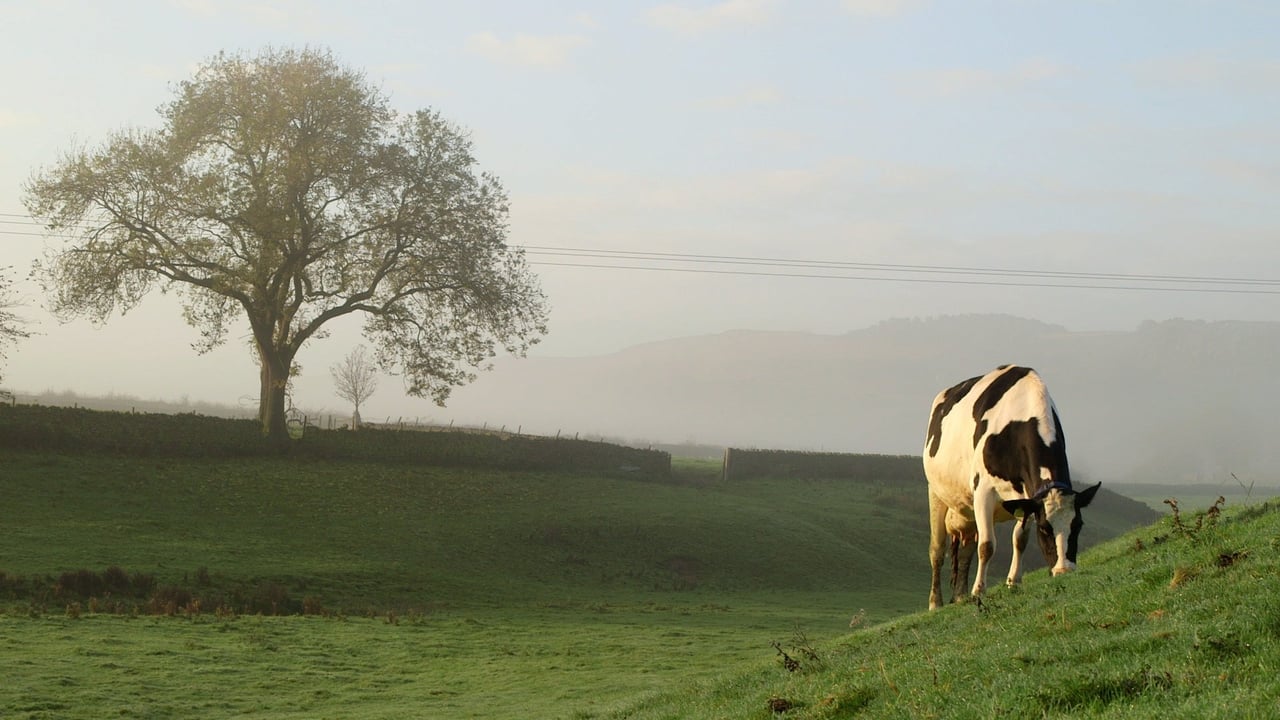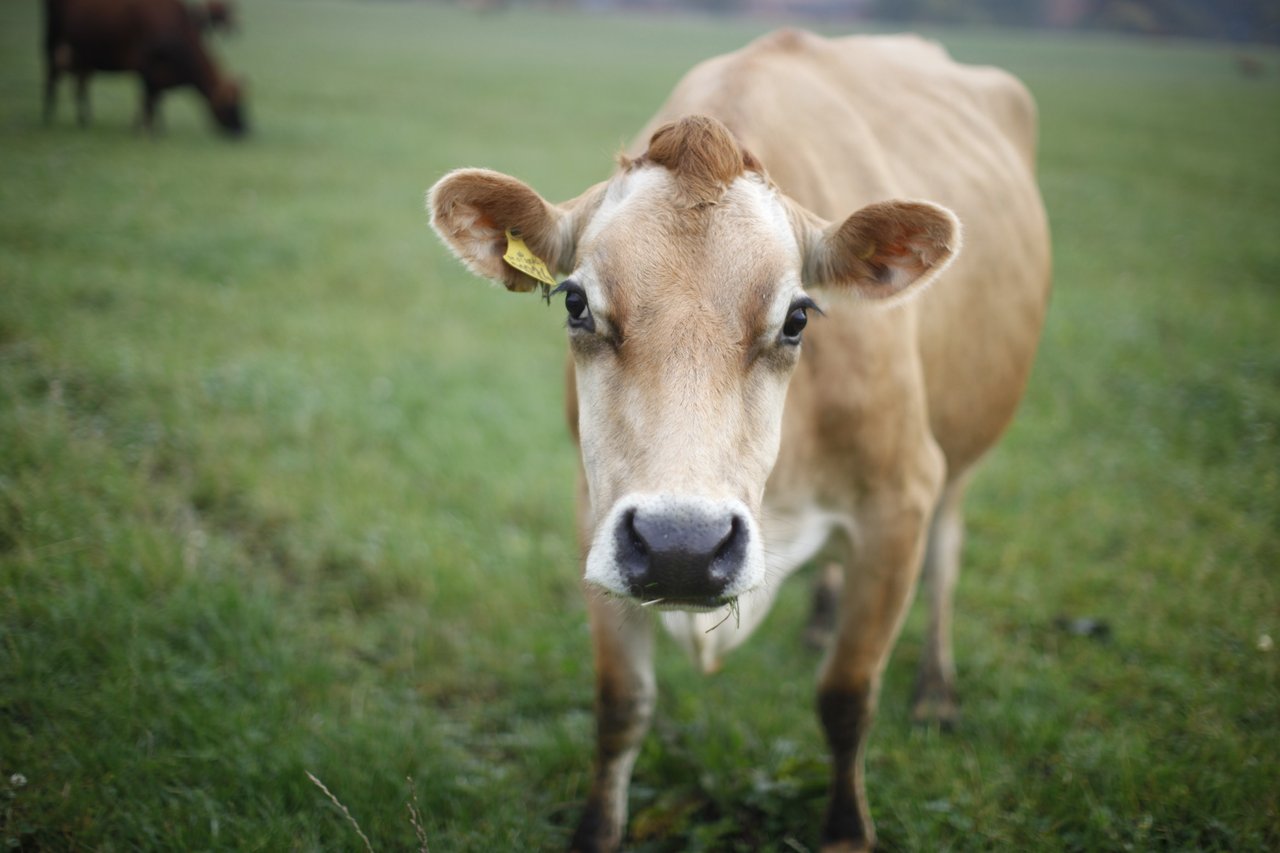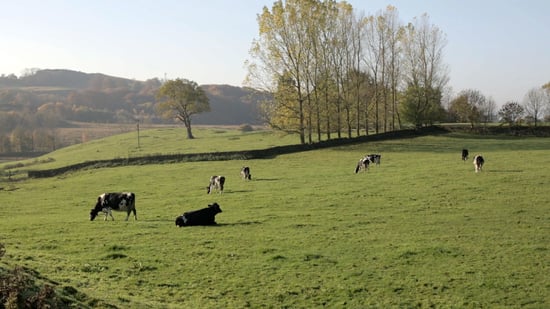
Cow facts
Common name: Cow
Scientific name: Bos taurus
Distribution: Worldwide
Here are some cool facts about cows!
Cows are part of the Bovidae family, also known as cattle. Cattle refers to a whole gang of different horned and hoofed mammals including yaks and bison. However, the name “cow” is technically only for females and males are “bulls”.
Cattle are naturally curious, clever and even fun loving. In research studies they have been trained to follow sound to find food in a maze. They are also known to love playing. When given the space they will run with each other, play chase and enjoy toying with a ball.
Did you know they have a sight range of 300° while humans only have a range of 180°? This is because their eyes are set on the sides of their head. This allows them to see what’s coming up beside and behind them with ease. This range increases to almost 360° when they are grazing.
They have an amazing sense of hearing that is very similar to a dog, which is why loud noises can stress them. This is paired with an excellent sense of smell. They can catch a whiff of an odour from up to 8km away. All of this is to help them better detect danger and possible attacks.

Cows are sentient beings – they think, feel, and have unique personalities
- Positive human contact with cows improves the human-animal relationship. The positive effects of gentle stroking on the neck, reduce cows’ fear of humans, regardless of their personality type.
- Cows have different personalities. Some cows are bolder and more exploratory than others. They are more likely to explore a new object in their field, compared with shy and less curious cows.
- Cows can make friends! They can form social bonds with other cows and feel stressed when separated from their preferred partners.
- Temperamental cattle actually adapt to handling the most, they just need to be given time to adapt, and be handled gently and calmly. This is important, as temperamental cows are often culled early, as temperament is heritable.
- Cow vocalisations differ depending on the emotional state of the cow.
- When feeling negative following separation from their young calf, a cow’s vocalisations are longer and higher pitched.
- When cows feel positive, following a reunion with their calves, they vocalise less, and their vocalisations are shorter, with a lower pitch.
- Humans can reliably tell whether calves are in pain following surgical castration, just by observing their behaviour and assessing them through a method called qualitative behavioural assessment, which relies on humans’ subjective interpretation of an animal’s body language and postures.
- Cows have a ‘pain face’ which means that their micro-facial expressions can show when they are in pain. These expressions can be reliably assessed, to determine how much pain a cow is in following a procedure, and to ensure effective pain-relief is given.
- Software has been developed that can track the facial expressions of cows, to determine what emotions they are feeling, including aggressive, neutral, calm, and excited.
